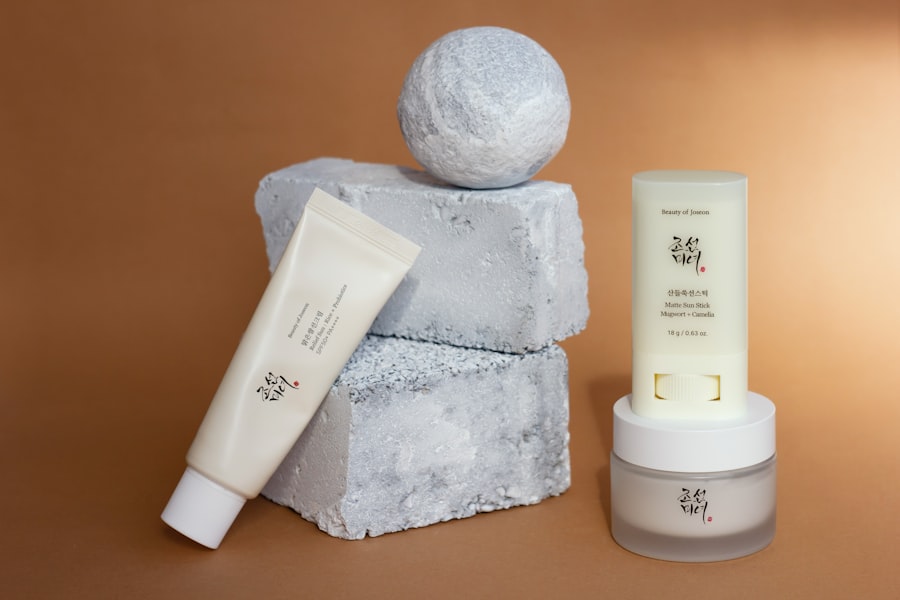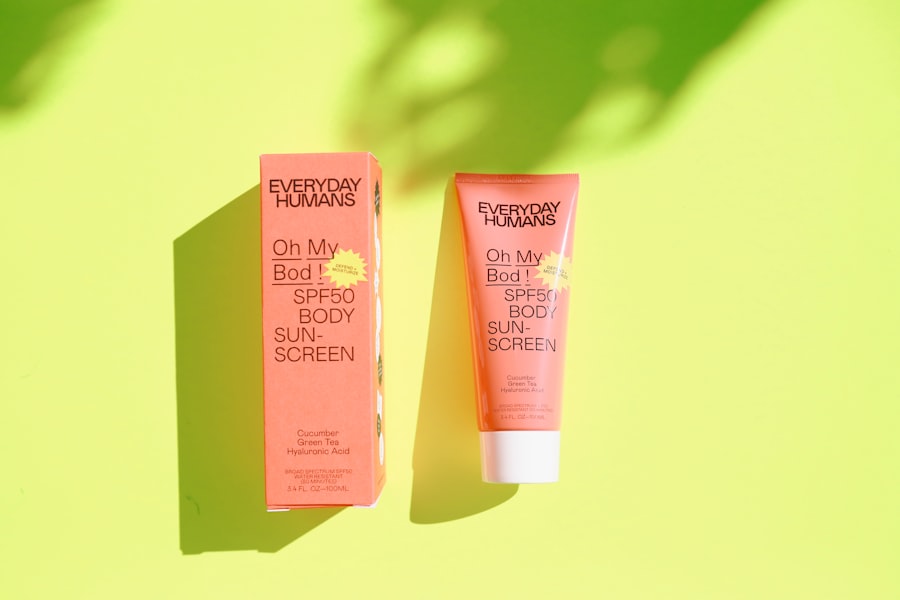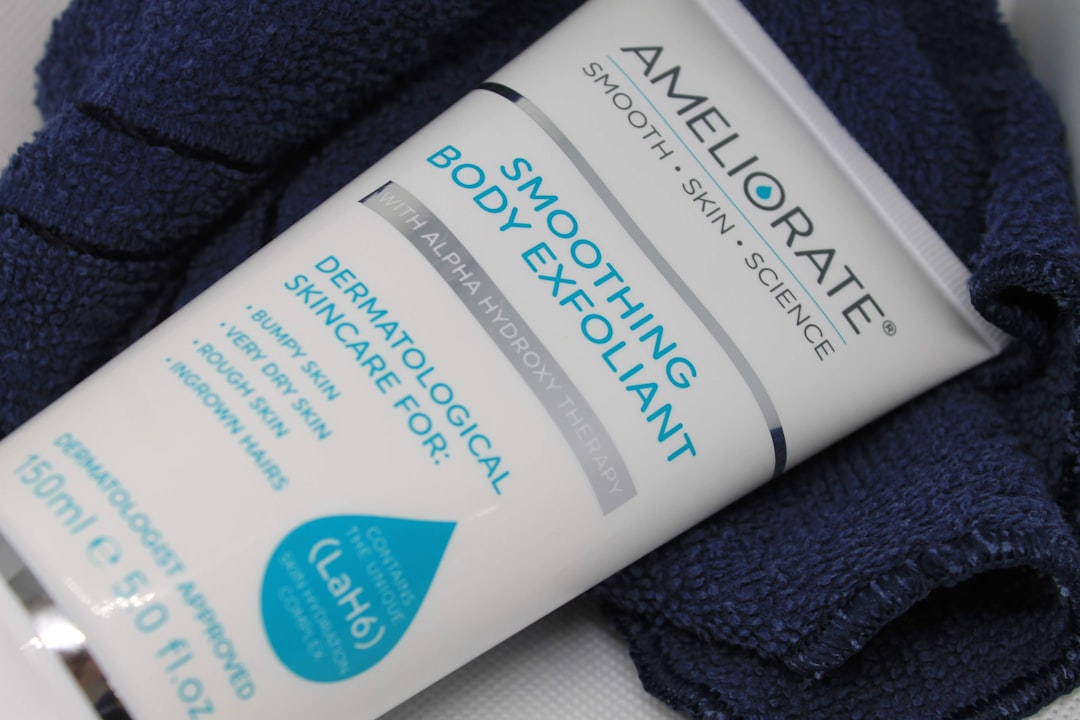When you decide to undergo laser hair removal, you are opting for a method that promises long-lasting results and a reduction in the hassle of traditional hair removal techniques. The process involves using concentrated beams of light to target hair follicles, effectively damaging them to inhibit future hair growth. As the laser is applied, it emits a specific wavelength that is absorbed by the pigment in the hair, making it crucial for the treatment to be most effective on darker hair against lighter skin tones.
Before your first session, you will likely have a consultation with a trained professional who will assess your skin type, hair color, and overall health. This assessment is vital as it helps determine the appropriate settings for the laser and the number of sessions you may need.
Understanding this process can help set realistic expectations and prepare you for the journey ahead.
Key Takeaways
- Laser hair removal targets hair follicles with concentrated light to inhibit future hair growth
- After treatment, avoid sun exposure and use gentle skincare products to promote healing
- Hitting the beach too soon after laser hair removal can lead to sunburn, hyperpigmentation, and other skin damage
- Factors to consider before hitting the beach include skin sensitivity, recent sun exposure, and the use of sunscreen
- Alternative hair removal methods for beach-goers include waxing, shaving, and depilatory creams
- Wait at least 2 weeks before exposing treated skin to sunlight to reduce the risk of complications
- Protect treated skin at the beach by wearing protective clothing, seeking shade, and reapplying sunscreen frequently
- Consult a professional for personalized advice on post-laser hair removal care and sun exposure restrictions
Post-Treatment Care Instructions
After your laser hair removal session, it’s essential to follow specific post-treatment care instructions to ensure your skin heals properly and to maximize the effectiveness of the treatment. Initially, you may experience some redness or swelling in the treated area, similar to a mild sunburn. To alleviate discomfort, applying a cool compress can be beneficial.
Additionally, your practitioner may recommend using soothing lotions or aloe vera gel to keep the skin hydrated and calm. Avoiding sun exposure is crucial in the days following your treatment. Your skin will be more sensitive and vulnerable to UV rays, which can lead to pigmentation changes or irritation.
It’s advisable to wear loose-fitting clothing over the treated area and to apply a broad-spectrum sunscreen with an SPF of at least 30 whenever you go outside. This protective measure not only helps prevent sunburn but also aids in maintaining the results of your laser hair removal.
Potential Risks of Hitting the Beach Too Soon

While the beach may be calling your name, hitting the sand too soon after laser hair removal can pose several risks to your skin. One of the primary concerns is sun exposure. After treatment, your skin is particularly sensitive and more susceptible to sunburn and irritation.
If you expose freshly treated skin to direct sunlight without adequate protection, you could experience painful burns or even long-term damage such as hyperpigmentation. Moreover, saltwater and sand can exacerbate any irritation or redness that may occur post-treatment. The combination of these elements can lead to increased discomfort and even infection if the skin is not properly cared for.
Therefore, it’s essential to consider these risks seriously before planning a beach day immediately following your laser hair removal session.
Factors to Consider Before Hitting the Beach
| Factors | Considerations |
|---|---|
| Weather | Check the weather forecast to ensure a pleasant beach day. |
| Crowds | Avoid peak times to enjoy a more peaceful beach experience. |
| Water Quality | Research the water quality to ensure it is safe for swimming. |
| Sun Protection | Bring sunscreen, hats, and sunglasses to protect against UV rays. |
| Facilities | Check for nearby restrooms, showers, and food options. |
Before you decide to hit the beach after undergoing laser hair removal, there are several factors you should take into account. First and foremost is the timing of your treatment. If your session was recent, it’s wise to wait until your skin has fully healed before exposing it to harsh environmental elements like sun, saltwater, and sand.
Generally, waiting at least two weeks is recommended, but this can vary based on individual healing times. Another factor to consider is your skin type and sensitivity level. If you have fair or sensitive skin, you may need to be more cautious than someone with a darker complexion.
Additionally, consider how your skin reacted after previous treatments; if you experienced significant redness or irritation, it might be best to postpone your beach plans until you feel confident that your skin has returned to its normal state.
Alternative Hair Removal Methods for Beach-Goers
If you find yourself itching to hit the beach but are concerned about exposing treated skin too soon after laser hair removal, there are alternative hair removal methods you can consider. Shaving is one of the most common temporary solutions; it’s quick and easy, allowing you to maintain smooth skin without risking irritation from more invasive methods. However, be sure to use a clean razor and shaving cream to minimize any potential nicks or cuts.
Another option is waxing, which can provide longer-lasting results than shaving but may not be suitable for everyone, especially those with sensitive skin post-laser treatment. If you choose waxing, ensure that your skin has fully healed from the laser procedure before proceeding. Additionally, depilatory creams can be an option for some individuals; however, always perform a patch test first to avoid adverse reactions.
How Long to Wait Before Exposing Treated Skin to Sunlight

Determining how long you should wait before exposing treated skin to sunlight is crucial for ensuring optimal healing and results from your laser hair removal sessions. Generally speaking, most professionals recommend waiting at least two weeks before exposing treated areas to direct sunlight. This timeframe allows your skin to recover from any redness or irritation that may have occurred during treatment.
However, individual healing times can vary based on factors such as skin type and sensitivity levels. If you notice any lingering redness or discomfort after two weeks, it’s wise to wait longer before heading out into the sun. Always consult with your practitioner for personalized advice tailored to your specific situation; they can provide guidance based on how your skin has responded post-treatment.
Tips for Protecting Treated Skin at the Beach
If you do decide to venture out to the beach after your laser hair removal treatment, taking steps to protect your treated skin is essential. First and foremost, applying a broad-spectrum sunscreen with an SPF of 30 or higher is non-negotiable. Make sure to reapply every two hours or immediately after swimming or sweating.
This will help shield your sensitive skin from harmful UV rays that could lead to burns or pigmentation issues. Wearing protective clothing can also be beneficial. Consider donning a wide-brimmed hat and lightweight cover-ups that shield your treated areas from direct sunlight.
Additionally, seeking shade whenever possible can provide extra protection while still allowing you to enjoy your time at the beach. Remember that taking these precautions not only helps protect your skin but also enhances the longevity of your laser hair removal results.
Consultation with a Professional for Personalized Advice
Ultimately, consulting with a professional is one of the best ways to ensure that you are making informed decisions regarding your post-laser hair removal care and beach plans. A qualified practitioner can provide personalized advice based on your unique skin type and treatment history. They can help you understand when it’s safe to resume normal activities like sunbathing and swimming while ensuring that you are taking all necessary precautions.
During this consultation, don’t hesitate to ask questions about any concerns you may have regarding healing times or alternative hair removal methods if you’re eager to maintain smooth skin before hitting the beach. Your practitioner’s expertise will guide you in making choices that prioritize both your safety and satisfaction with the results of your laser hair removal journey.
If you are considering going to the beach 1 week after laser hair removal, it is important to take proper care of your skin to avoid any complications. According to a related article on




